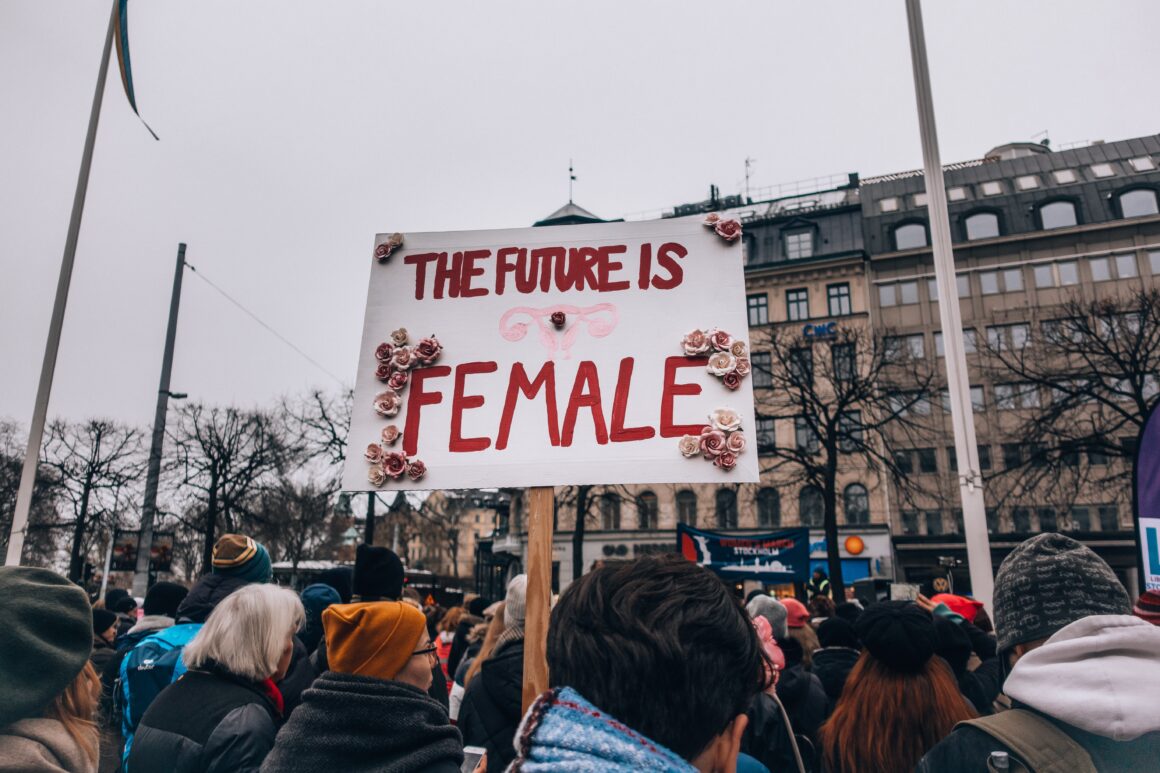
Living in a developed nation like the United States, the core values and thoughts regarding feminism can differ greatly to someone from a less developed or developing nation. It’s not uncommon for someone to run into a message about gender equality and female rights almost anywhere, especially social media platforms that encourage the fast paced spread of such messages. One can simply retweet a thought provoking tweet and undertake a contributing role in the unending battle for equality while another can spend day and night protesting for gender equality on Times Square, but in reality, are the efforts really bringing about change in nations outside the United States?
Let’s take a nation like India. Known for several social, intellectual, and economic accomplishments in this modernizing world, yet the simple fact that parents’ are still praying their daughters don’t get harassed, kidnapped, raped, and murdered by random civilians on their way to work, place of worship, academic institutions, etc. in 2016, indicates at the fact that the cry for feminism in a country like the United States, simply isn’t breaking through the rigid walls surrounding the necessity for immediate reform in India. Why is this still a problematic matter? In my opinion, India has maintained a patriarchal society throughout history and although many are breaking out of this shell, many actions and mindsets are due to this patriarchal influence. The notion that regardless of the amount of education, power, and authority held by a woman, she is still inferior to a man solely because one gender is superior to another. If one were to list the amount of atrocities committed/being committed on women simply because of gender and associations to gender, the extent of human rights violation charges would be endless.
There was a social experiment conducted by the Bringing Humanity Back organization where a woman was asked to wear a “western” outfit (jeans and tube top) and walk in New Delhi for 10 hours silently. One can plainly count over a hundred men staring and loosely circling her/interfering her path. The next half of the experiment had the woman dressed in traditional Indian attire and without fail, large amounts of attention was given to the woman who walked silently, keeping to herself. This scenario can be turned to an eight year old child or teenager and the results will not only be similar/astonishing but also a massive red signal for progression of feminism in India. A woman could undergo an acid attack because of her inability to pay her dowry (Dowry practices are illegal judicially but the practice is still prevailing within many families!), Her newborn daughter could be a victim to female infanticide because some still believe a daughter is of no value and a waste of money because the idea of paying a dowry/getting her married is an complicated procedure unworthy of their time. According to Louis-Georges Arsenault, a UNICEF representative to India, over 7,200 minors get raped yearly in India which doesn’t include the higher rate of rape beyond legal age and the staggering amounts of unreported cases (Many are afraid to admit their incident due to the fear of losing respect, reputation in society, and image). Asides from the above-mentioned human rights violations, a female can experience harassment being in public transportation, crowded areas, etc.
The harsh reality facing not only India but countless developing and less developed nations is the fact that regardless of campaigning, social media outcries, and protesting, unless the mindset of society in these countries change, reform attempts of gender equality and rights is a dawdling and sometimes despairing initiative.


